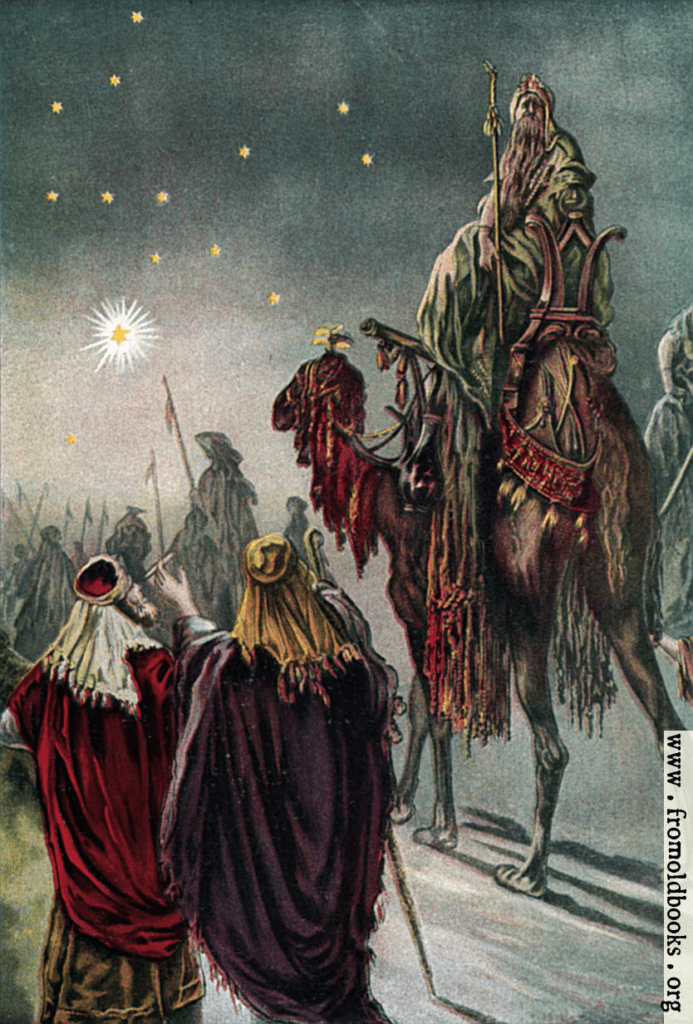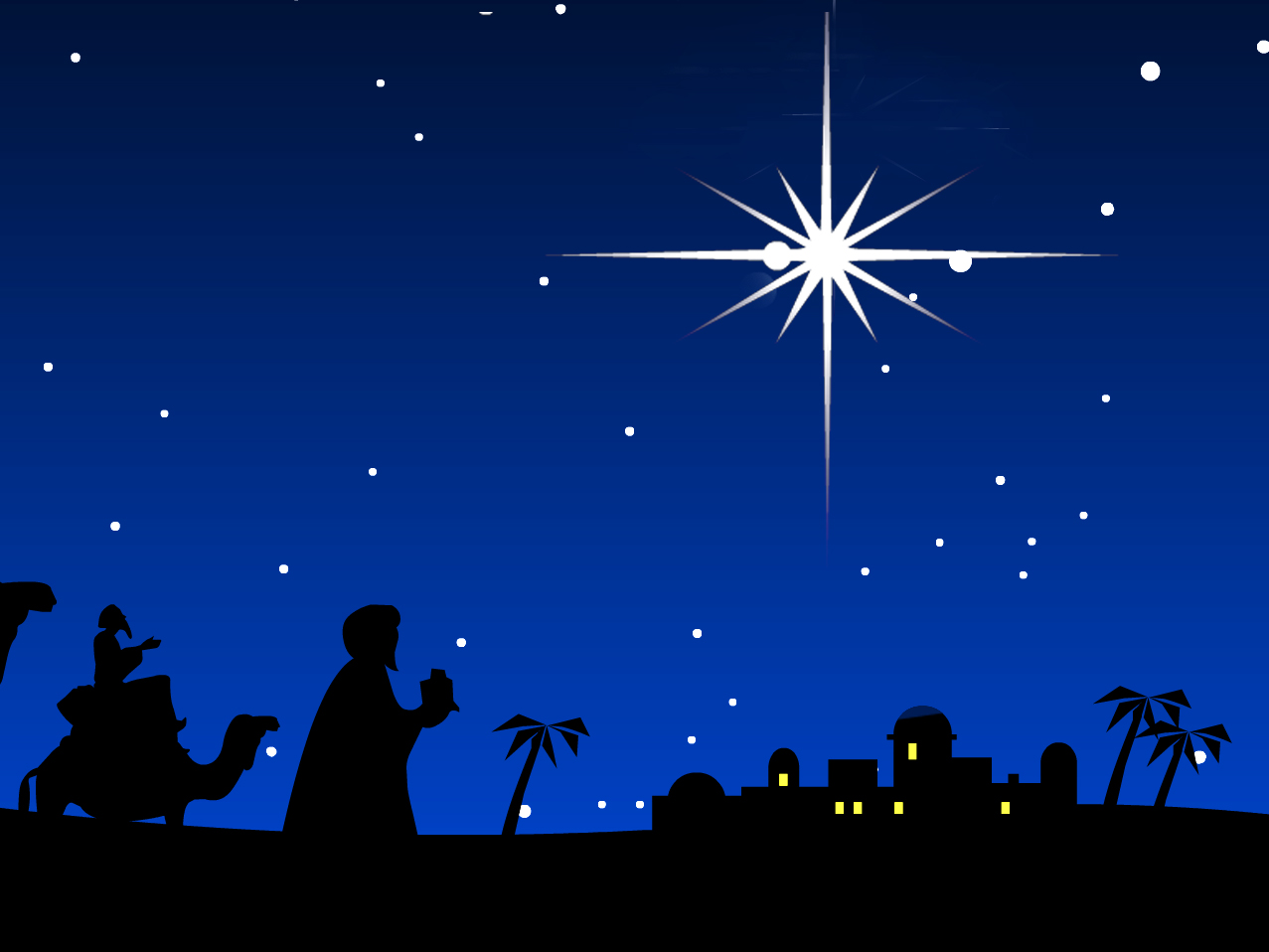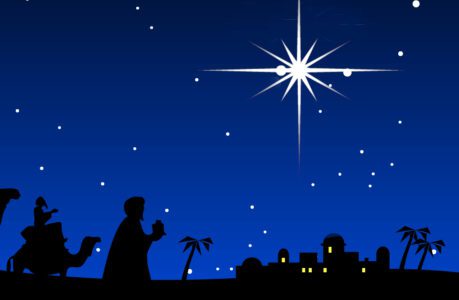Introduction
The Christmas season, filled with joy and wonder, has always been accompanied by various traditions and symbols that signify its significance. Among these, the Christmas Star holds a special place. For centuries, it has captivated the imagination of people worldwide, inspiring countless stories, songs, and even scientific investigations. In this comprehensive exploration, we delve into the enigmatic history and possible explanations behind the Christmas Star, shedding light on this celestial phenomenon that has graced the night sky during the holiday season for millennia.
The Ancient Story of a Guiding Light
The Star of Bethlehem: The title “Bethlehem Star” invokes an image of a brilliant celestial object that played a pivotal role in the biblical story of the birth of Jesus. According to the Gospel of Matthew, wise men, often referred to as the Magi, came from the East, following the star as it guided them to the birthplace of the Messiah. The biblical account reads, “When they saw the star, they rejoiced with exceedingly great joy” (Matthew 2:10, NKJV). But what was this remarkable celestial phenomenon, and is there any scientific basis for its existence?

Historical Interpretations: Over the centuries, theologians, historians, and astronomers have offered various interpretations for the Christmas Star. Some suggested it was a purely miraculous event, while others proposed natural explanations rooted in astronomy. To unravel the mystery, let’s examine some of the leading theories that have emerged over time.
Theories and Speculations
Supernova: A Stellar Explosion
Supernova Hypothesis: One of the early scientific explanations proposed for the Christmas Star was that it might have been a supernova—an exploding star. A supernova is a cataclysmic event in which a star briefly outshines an entire galaxy before fading away. Could such an occurrence have been the source of the dazzling light that guided the Magi?
Supernovae are among the most dramatic events in the cosmos. When a massive star reaches the end of its life cycle, it can undergo a spectacular explosion. During this brief period, the star becomes incredibly luminous, often outshining an entire galaxy. Could it be that a distant supernova was the Christmas Star, capturing the attention of the Magi and marking the birth of Jesus?
Planetary Conjunctions: Celestial Alignments
Conjunctions of Planets: Another theory suggests that the Christmas Star might have been a conjunction of planets, where two or more planets appear to pass very close to each other in the night sky. Some believe that the bright “star” guiding the Magi was actually a rare alignment of planets, which created a particularly brilliant point of light.
Planetary conjunctions, while not uncommon, can create striking celestial displays. When two planets come into close alignment in the night sky, they can appear as a single, bright object. This phenomenon has led some to speculate that the Christmas Star was, in fact, a planetary conjunction, a celestial event that could have held profound significance in the eyes of the Magi.
Comets: Visitors from the Depths of Space
Comet Explanation: Comets are another celestial phenomenon that has been considered as a potential explanation for the Christmas Star. Comets are icy bodies that develop long tails as they approach the Sun. These tails can be incredibly bright and striking, resembling a “star” with a radiant tail. Could a notable comet sighting have been the source of the Magi’s guidance?

Comets have long been seen as harbingers of change and omens in various cultures throughout history. These mysterious celestial objects, with their luminous tails and unpredictable appearances, have often been associated with significant events. Could a brilliant comet have been the Christmas Star, signifying the birth of a new era and guiding the wise men to Bethlehem?
Astrological Significance: The Zodiac’s Role
Astrological Interpretation: Some scholars suggest that the Christmas Star might have had astrological significance. They argue that it could have been a rare alignment of stars or planets in a specific zodiacal sign, signaling an important event. Astrology was highly regarded in ancient times, and such alignments were often considered omens of significant events.
In the time of the Magi, astrology played a significant role in the lives of many. The position of celestial bodies was believed to influence human affairs and events on Earth. Could the Christmas Star have been a celestial configuration that, according to the astrological beliefs of the time, foretold the birth of a great leader?
Modern Insights and Investigations
While these historical theories offer intriguing possibilities, modern astronomy has provided us with valuable tools and data to revisit the mystery of the Christmas Star. Scientists have leveraged advanced technology and computational models to analyze historical records, astronomical data, and celestial events. Let’s explore some of the recent insights and investigations.
Computer Simulations: Recreating the Past
Stellarium and SkySafari: Contemporary astronomers have used planetarium software like Stellarium and SkySafari to recreate the night sky of ancient times. By inputting the known historical data and astronomical events, these simulations help us visualize potential celestial occurrences that might have been interpreted as the Christmas Star.
By inputting precise astronomical data and historical records into planetarium software, astronomers can recreate the night sky as it appeared during the time of the Magi. These simulations allow us to witness potential celestial events that may have resembled the Christmas Star, helping us understand the phenomenon from a modern perspective.
Celestial Events: Venus and Jupiter
The Great Conjunction of 2020: In recent years, skywatchers around the world witnessed a remarkable celestial event—the Great Conjunction of Jupiter and Saturn in December 2020. These two bright planets appeared incredibly close in the evening sky, creating a striking “Christmas Star” that caught the public’s attention.
The Great Conjunction of Jupiter and Saturn in 2020 provided a rare and visually stunning celestial event. These two gas giants, when observed from Earth, appeared to converge in the night sky, creating a brilliant point of light. While this event occurred in modern times, it offered a glimpse of what a similar conjunction might have looked like to the Magi, sparking renewed interest in the Christmas Star.

Planetary Alignments: A Historical Perspective
Historical Records and Planetary Alignments: Modern astronomers have also examined historical records to identify planetary alignments that may have matched the description of the Christmas Star. By cross-referencing ancient texts and astronomical data, they have made progress in pinpointing possible celestial candidates.
Through meticulous research and analysis, astronomers have delved into historical records and ancient texts to uncover clues about celestial events that align with the description of the Christmas Star. These investigations bring us closer to unraveling the mystery and understanding the possible astronomical phenomena that could have inspired the journey of the Magi.
Star of Bethlehem. The Enigma Persists
As we explore the fascinating history and potential explanations for the Christmas Star, one thing becomes clear: the mystery endures. Whether it was a supernova, planetary conjunction, comet, or astrological sign, the Christmas Star continues to capture our imaginations and remind us of the profound significance of the holiday season. While science has shed light on some possibilities, the enchanting allure of this celestial phenomenon remains, beckoning us to gaze skyward with wonder and awe.
In the end, the Christmas Star, with its timeless and universal appeal, reminds us of the enduring power of both faith and science to inspire our hearts and minds, bridging the gap between the heavens and Earth.
Now, as you gaze up at the starry night sky during the holiday season, you may find yourself pondering the age-old question: What was the Christmas Star?
- NASA’s page on Supernovae
- EarthSky’s Guide to Planetary Conjunctions
- NASA’s Comets Overview
- The Role of Astrology in History
- Sky & Telescope’s article on the Star of Bethlehem

